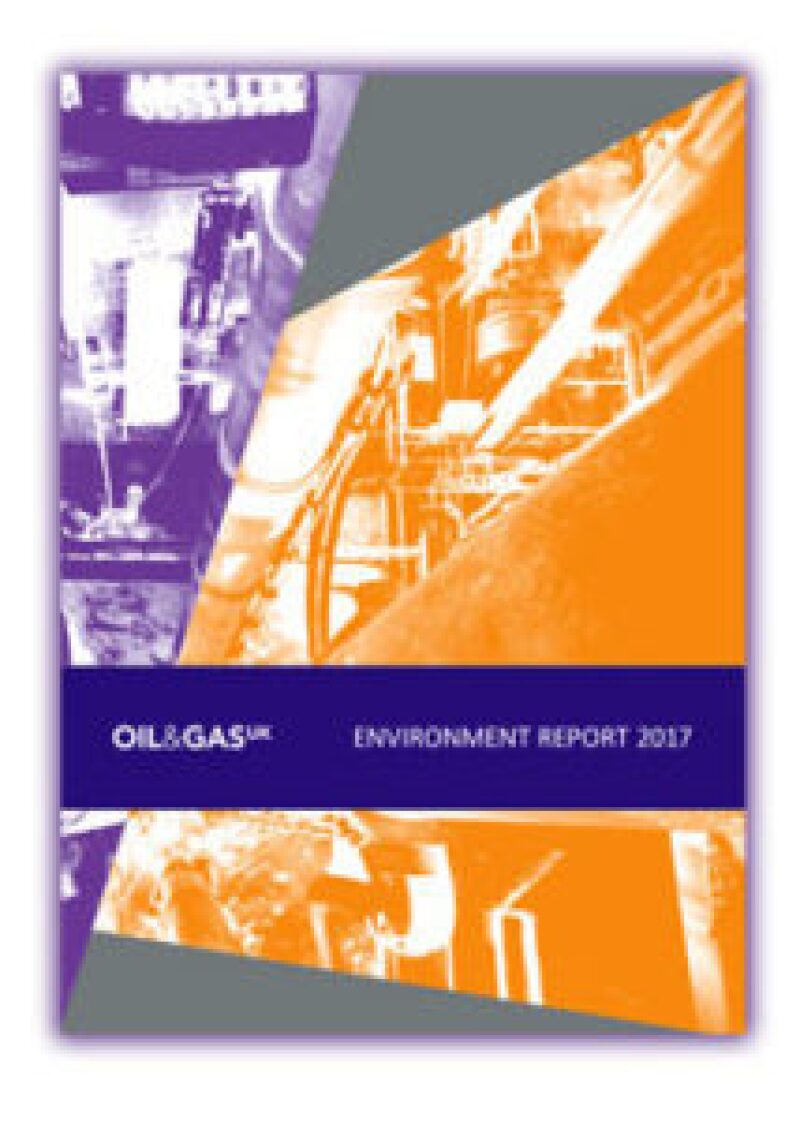North Sea oil and gas production was up but greenhouse gas emissions in 2016 were down against 2015 performance, according to Oil & Gas UK’s Environment Report.

Although carbon dioxide (CO2) emissions on the UK Continental Shelf rose by 4% between 2014 and 2016, this was against a background in which production increased by almost 16%.
“For the last 2 years, the sector has focused on improving the efficiency of its offshore operations, increasing production while halving unit operating costs despite the challenges of a maturing oil and gas basin,” said Louise O’Hara Murray, environment manager with Oil & Gas UK. “Implementing these efficiencies has also brought improvements in environmental performance in several key areas, demonstrating that increasing efficiency can also reduce impact on the environment rather than generating greater risk.”
The report says that the decommissioning of platforms with older turbine technology and the introduction of new energy-efficient installations has led to the decreased emissions footprint.
The review of industry’s environmental performance during 2016 also shows that the volume discharged to sea of produced water is down 6% from the previous year.
“The UK Continental Shelf is a mature basin where exploration and production is challenging and more energy and chemicals are needed to extract hydrocarbons,” Murray said. “However, we are continuing to manage industry’s emissions and discharges.”
Other findings in the report include
- Total greenhouse gas emissions from UK operations fell by nearly 1% to 14.6 million tonnes of CO2, contributing 3% to the UK’s total emissions, the same level as 2015.
- Average emissions per unit of production—the industry’s carbon intensity—has been declining since 2014.
- The volume of gas flared and vented has continued to fall since 2014. Newer installations are designed to flare less.
- More produced water was reinjected into the subsurface than ever before to enhance oil recovery and reduce the quantity discharged into the marine environment.
- Increased production led to a 3% increase in the amount of chemicals discharged that were used during production.
- Of chemicals discharged to sea under permit, 72% were classified as posing little or no risk (PLONOR).
- There were 520 accidental releases to sea of oil and chemicals, with a total mass of 370 tonnes.
- Of the 520 accidental releases, 287 were accidental oil releases, with a total volume of almost 115 tonnes.
- Most accidental oil releases came from production systems.
- Almost 258 tonnes of chemicals were accidentally released in 233 incidents in 2016. Of those chemicals, 84% were classified as PLONOR.
- Accidental chemical releases constitute less than 0.1% of the total chemicals used offshore.
- Waste returned to shore decreased by 22% in 2016 to the lowest levels in a decade.
“The overall trend captured in our Environment Report shows that discharges, emissions, and accidental releases are still trending downwards,” Murray said. “While production has gone up, emissions and discharges have not gone up by the same proportion. This shows that we are managing them appropriately.
“The industry takes its responsibility for the environment it works in very seriously and is committed to minimizing its impact on the natural environment.”

